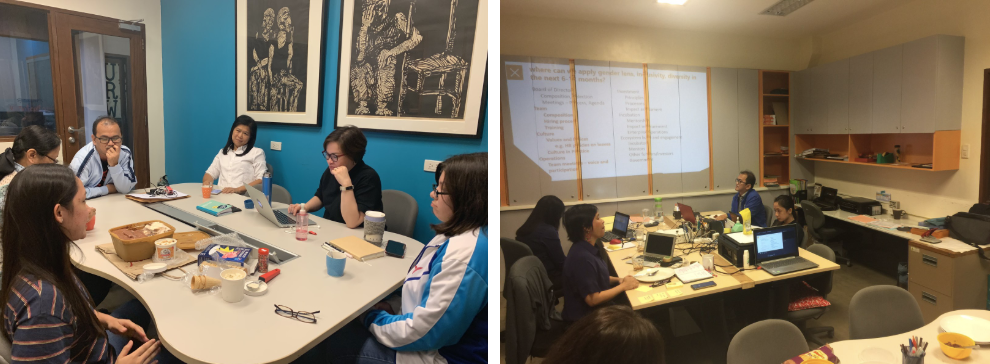Why we decided to use the GLIA toolkit
A scan of the entrepreneurs and leadership teams of our portfolio companies showed us that five enterprises were founded or co-founded by women; and only one was founded by men with a specific focus on benefiting financially disadvantaged women. With regard to xchange’s investment philosophy, process, and incubation, there is no explicit application of a gender lens. Further, while gender equity is likely to be addressed by social enterprises, there is no intentional application of a gender lens in how we assess an enterprise’s impact model.
In 2018, we attended a workshop delivered by the Criterion Institute on gender lens investing. Since then, we have wanted to learn more about how to apply a gender lens to our work but never really knew how or where to start. The GLIA toolkit provided us with an opportunity to learn about the gender lens application process, kickstart this process, and ultimately improve the way we do things.
Whilst reading through the toolkit, we realized that xchange needs an articulation of the values of diversity, inclusion, and gender, captured in a diversity statement. Since xchange is in the process of codifying its values and processes, the toolkit came at a perfect time to take stock of where we are vis-à-vis the gender lens agenda, determine where we want to make an impact, and chart our path forward.












